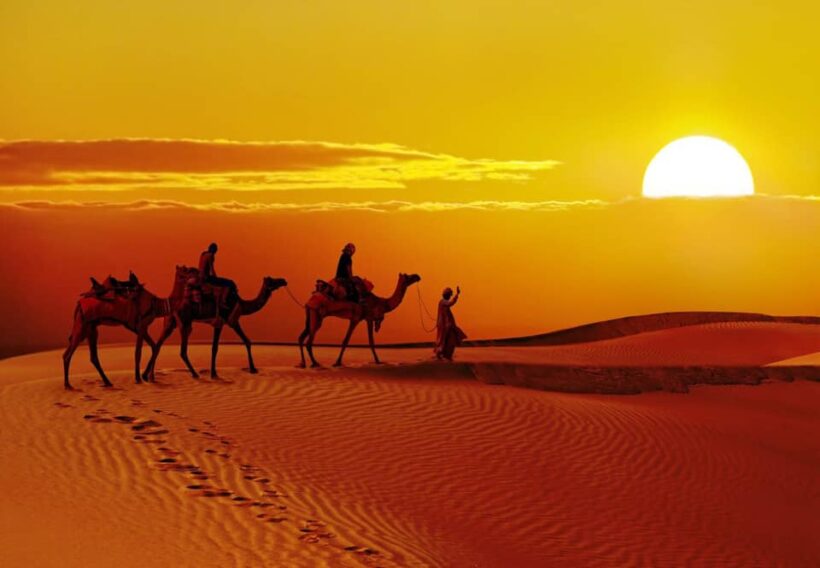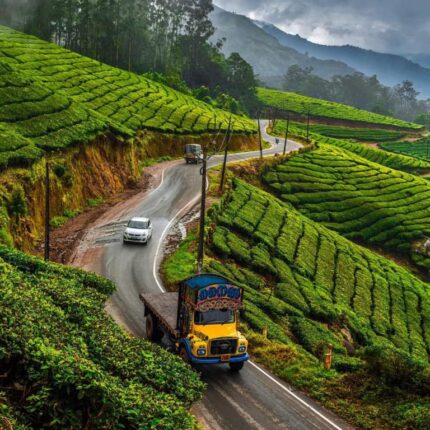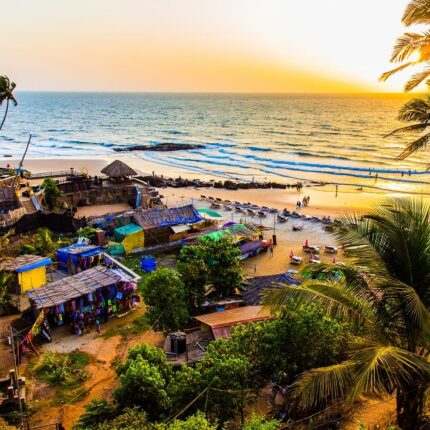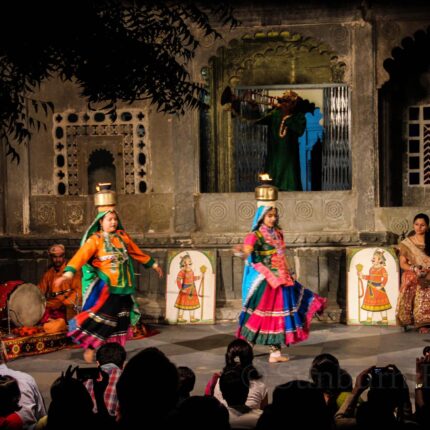Introduction to Indian Culture for First Time Visitor
Delhi – Varanasi – Khajuraho – Agra – Jaipur – Jodhpur – Udaipur – Aurangabad – Mumbai – Madurai- Kumarakom – Alleppey – Cochin
Overview
“Unity among diversity” can be taken as a tag line for India’s culture. Every Indian State comes with its own beauty, customs and traditions. While you can enjoy the bliss of pleasant nature at the snow fed mountains of the Himalayas, the camel ride on the deserts of Rajasthan overwhelms you.
While the Hindu temples depict the start of a new religious era, the Mughal era depicts the Golden Age of Indian architecture. From the Sanchi Stupa to the Taj Mahal, you have lot to know and enjoy here.
Keeping pace with its varied nature and architecture, the cuisine also varies. Explore with us the royal kingdom of Rajasthan to the oldest city of Varanasi. Our experienced representatives ensure a safe and wonderful journey for you.






Reviews
There are no reviews yet.